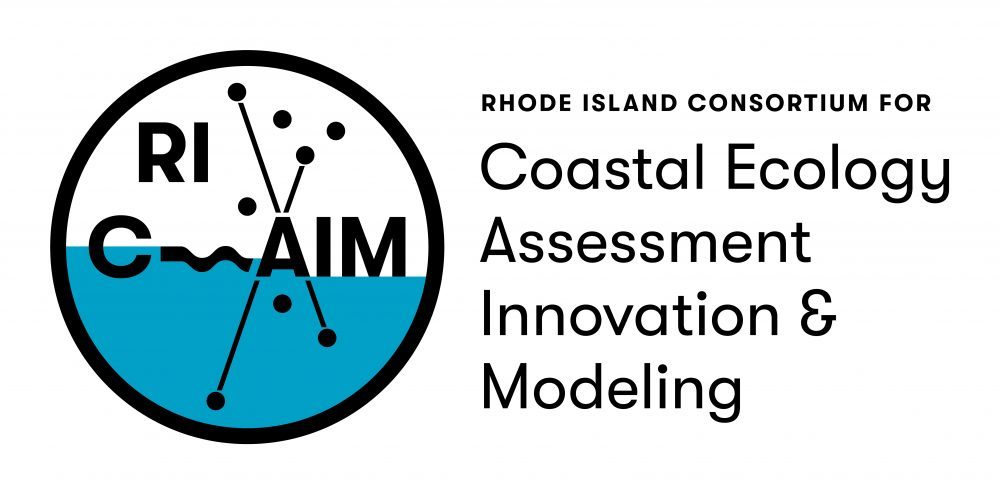Easier access to scientific data

|
ERDDAP at RI Data Discovery Center
Easier access to scientific data |
Brought to you by
RI Data Discovery Center and

|

| Dataset Title: | Landsat Satellite Coordinates version 3, Mt. Hope Bay

|
| Institution: | Rhode Island Data Discovery/United States Geological Survey (Dataset ID: landsat_sst_mthope_v3_grid) |
| Information: | Summary  | License
| License  | Metadata
| Background
| Metadata
| Background | Make a graph
| Make a graph
|
Attributes {
X {
Int32 actual_range 0, 267;
String long_name "X";
String source_name "x";
String units "count";
}
Y {
Int16 actual_range 0, 375;
String long_name "Y";
String source_name "y";
String units "count";
}
Longitude {
Float64 colorBarMaximum -71.1;
Float64 colorBarMinimum -71.5;
String long_name "longitude";
String standard_name "longitude";
String units "degrees_east";
}
Latitude {
Float64 colorBarMaximum 41.8;
Float64 colorBarMinimum 41.4;
String long_name "latitude";
String units "degrees_north";
}
NC_GLOBAL {
String cdm_data_type "Grid";
String comment "Attribute Accuracy Report: Satellite-derived orthorectified brightness temperature was measured within 0.1 degrees C for Landsat 8, 0.6 degrees C for Landsat 7, and 0.5 degrees C for Landsat 5. Satellite measurements were compared to in situ (buoy) surface temperatures from 2003 to 2019, and the bias between the RI DEM buoy temperatures and the satellite temperatures at the pixel of the buoys was removed from each satellite pixel. See https://www.usgs.gov/land-resources/nli/landsat/landsat-surface-reflectance?qt-science_support_page_related_con=0#qt-science_support_page_related_con for more information.";
String Conventions "COARDS, CF-1.6, ACDD-1.3";
String creator_name "Rhode Island Data Discovery/United States Geological Survey";
String defaultGraphQuery "Longitude[0:last][0:last][last]&.draw=surface&.vars=X|Y|Longitude";
String history
"Converted from Landsat 5, 7, and 8 Surface Reflectance geotiff products to netCDF. The units were changed from K to degrees C and the average bias determined through RI DEM buoy comparison in Narragansett Bay (2003-2019) to each satellite was removed from all scenes from the corresponding satellite. The errors were determined by using a K-fold cross-validation to minimize error at each satellite pixel. The scenes were also cloud masked, land masked, and stripes in Landsat 7 imagery (due to sensor failure) were masked as well. A buoy comparison was only conducted within Narragansett Bay for Landsat scenes with less than 50% cloud cover, and applied to available scenes back to 1984 for Landsat 5, 1999 for Landsat 7, and 2013 for Landsat 8. As a result, data uncertainties are unknown outside of the Narragansett Bay region, for scenes with greater cloud cover, and scenes before 2003.
2025-12-14T12:11:06Z (local files)
2025-12-14T12:11:06Z https://pricaimcit.services.brown.edu/erddap/griddap/landsat_sst_mthope_v3_grid.das";
String infoUrl "https://earthexplorer.usgs.gov/ accessed through https://code.earthengine.google.com/";
String institution "Rhode Island Data Discovery/United States Geological Survey";
String keywords "bay, coordinates, data, discovery, geological, hope, island, landsat, latitude, longitude, rhode, satellite, states, survey, united, version";
String license
"The data may be used and redistributed for free but is not intended
for legal use, since it may contain inaccuracies. Neither the data
Contributor, ERD, NOAA, nor the United States Government, nor any
of their employees or contractors, makes any warranty, express or
implied, including warranties of merchantability and fitness for a
particular purpose, or assumes any legal liability for the accuracy,
completeness, or usefulness, of this information.";
String publication "https://doi.org/10.26300/ja0b-xa86";
String publisher_url "https://riddc.brown.edu/";
String references "Rhode Island Data Discovery/United States Geological Survey";
String source "https://earthexplorer.usgs.gov/ accessed through https://code.earthengine.google.com/";
String sourceUrl "(local files)";
String standard_name_vocabulary "CF Standard Name Table v55";
String summary "Translation from x,y coordinates to latitude and longitude for the \"Landsat Satellite Surface Temperature v3\" dataset.";
String title "Landsat Satellite Coordinates version 3, Mt. Hope Bay";
}
}
 Data Access Protocol (DAP)
Data Access Protocol (DAP) and its
projection constraints
and its
projection constraints .
.
The URL specifies what you want: the dataset, a description of the graph or the subset of the data, and the file type for the response.
griddap request URLs must be in the form
https://coastwatch.pfeg.noaa.gov/erddap/griddap/datasetID.fileType{?query}
For example,
https://coastwatch.pfeg.noaa.gov/erddap/griddap/jplMURSST41.htmlTable?analysed_sst[(2002-06-01T09:00:00Z)][(-89.99):1000:(89.99)][(-179.99):1000:(180.0)]
Thus, the query is often a data variable name (e.g., analysed_sst),
followed by [(start):stride:(stop)]
(or a shorter variation of that) for each of the variable's dimensions
(for example, [time][latitude][longitude]).
For details, see the griddap Documentation.